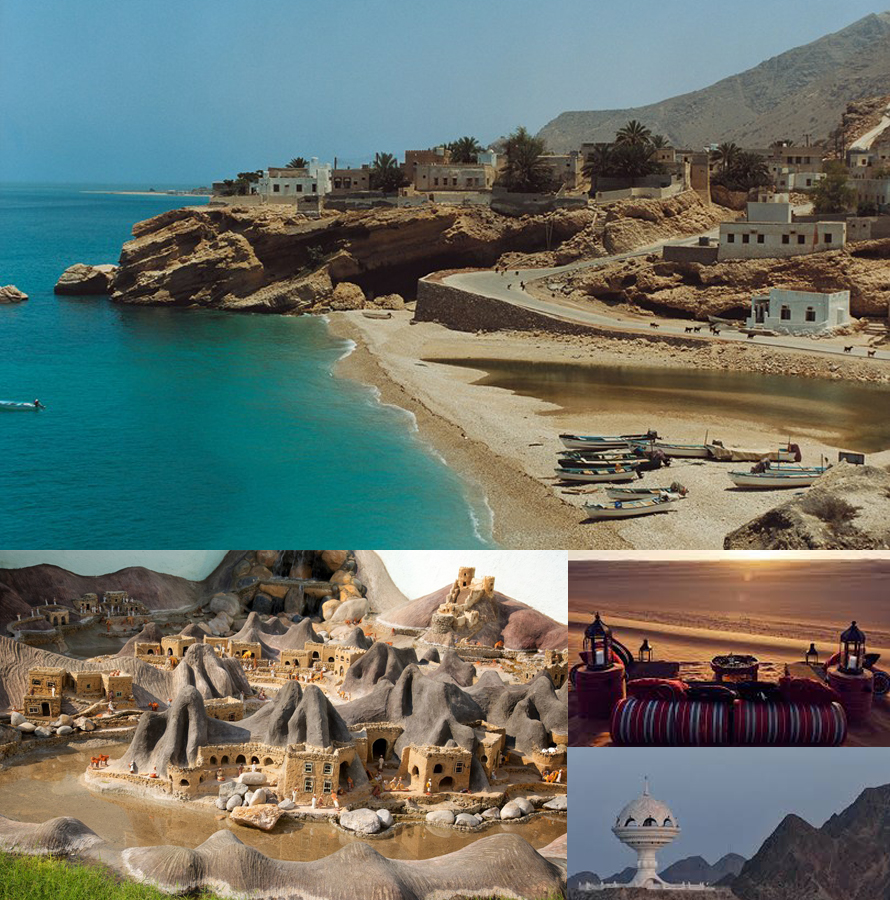
Muscat
Muscat, the nation’s capital is well endowed with tourist attractions. Be it historical, nature, religious or just plain relaxation, there’s a lot this city has to offer.
Discover Muscat’s fascinating history and traditional charm in class of its own. Surrounded by mountains on one side and the sea in the other, the city’s capital displays a rich combination of heritage from both the past and the present. Beautiful Mosques, 16th century forts, museums and the Sultan’s Al Alam Palace, are a few to name wherein you can enjoy and immerse yourself in the culture of Muscat.
City Highlights are as follows:
Al Jalali Fort
Al Alam Palace
Mutrah Souq
Al Mirani Forts
Royal Opera House
Grand Mosque
Bait Al Zubair Museum
Downtown
Many More…
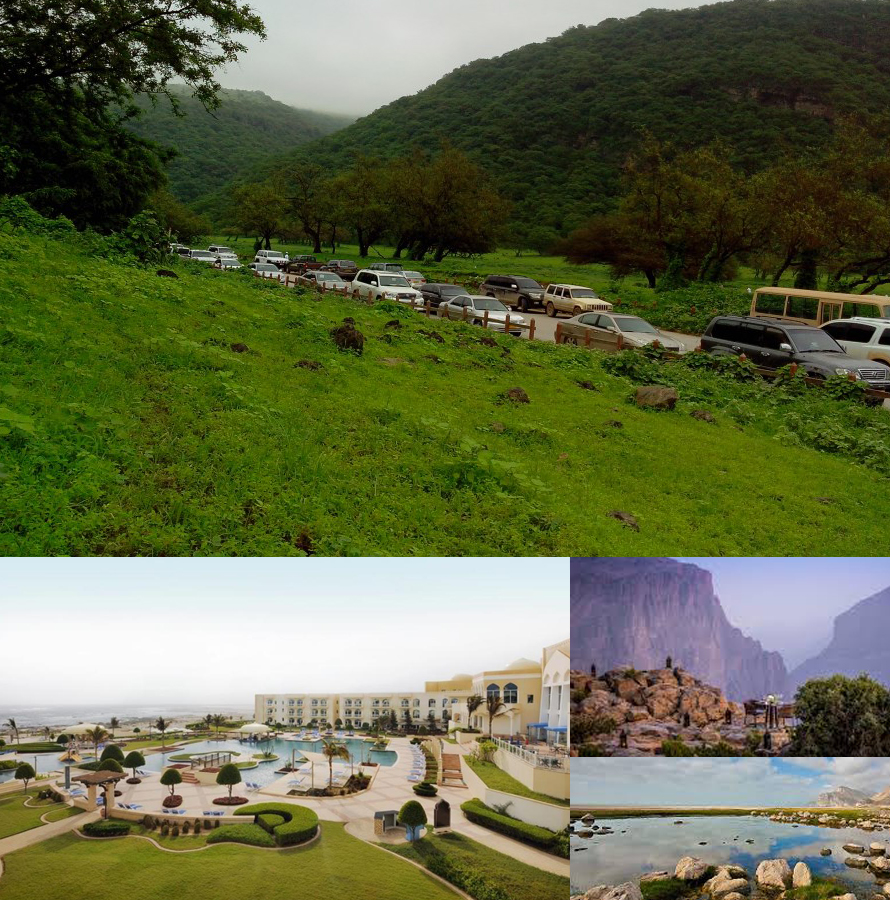
Salalah
Salalah, the capital of the Dhofar region, is the second largest city in the Sultanate of Oman. It is the birthplace of His majesty, Sultan, Qaboos bin Said. A 12 hour drive from Muscat and roughly an hour by plane.
The region is visited by multitudes of people from other parts of Oman and the Persian Gulf region most specially during the Khareef season, which is roughly round the 3rd Quarter of every year. This is when monsoon clouds from India provide a constant drizzle to the area and, as a result, the area’s surrounding mountains and plains are transformed into an oasis of misty pastures. Just a caution, hotel and lodging have a tendency to be scarce this time of year due to the massive number travelers that arrive.
Salalah is also known for its abundance in tropical fruits like bananas, papayas and coconuts plus the cultivation and trade of frankincense. It is believed that one of the Three Kings came from this area.
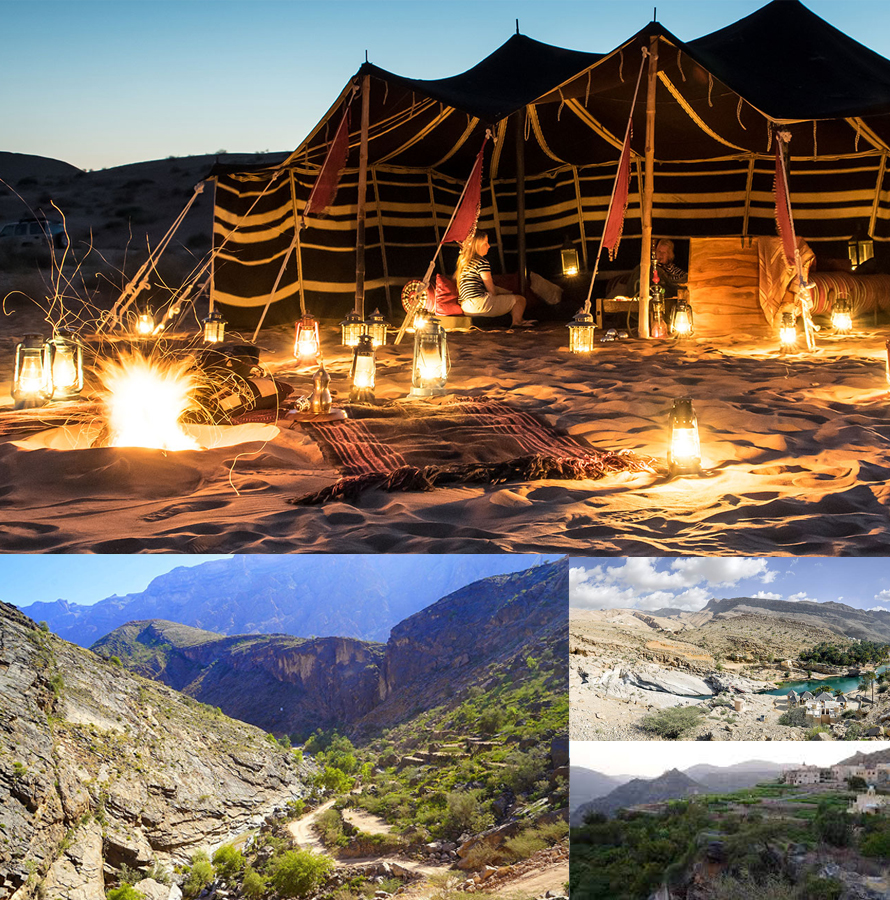
Al Sharqiya
Welcome to the area of Al Sharqiya! Visit villages like Ibra, which was once famous for its fine horses and horsemen. Also, it was once the center of Trade, Religion and Art. A busy ladies market also currently exists in the area.
Further through the mountains, just when all seems lost and deserted, you will find Wadi Bani Khalid – An oasis of cool clear running waters, majestic caves, rock formations and lush, verdant plant life. Truly making the trip worth coming for.
On the way back to Ibra, we proceed towards the Empty Quarter or popularly known as Wahiba Sands. Best experienced on low tire pressured 4x4s’, as we go dune bashing to an infinity of golden , reddish undulating sand. Feel the simplicity and antiquity of checking in at a Desert Camp as we marvel at the stars of an evening desert sky.
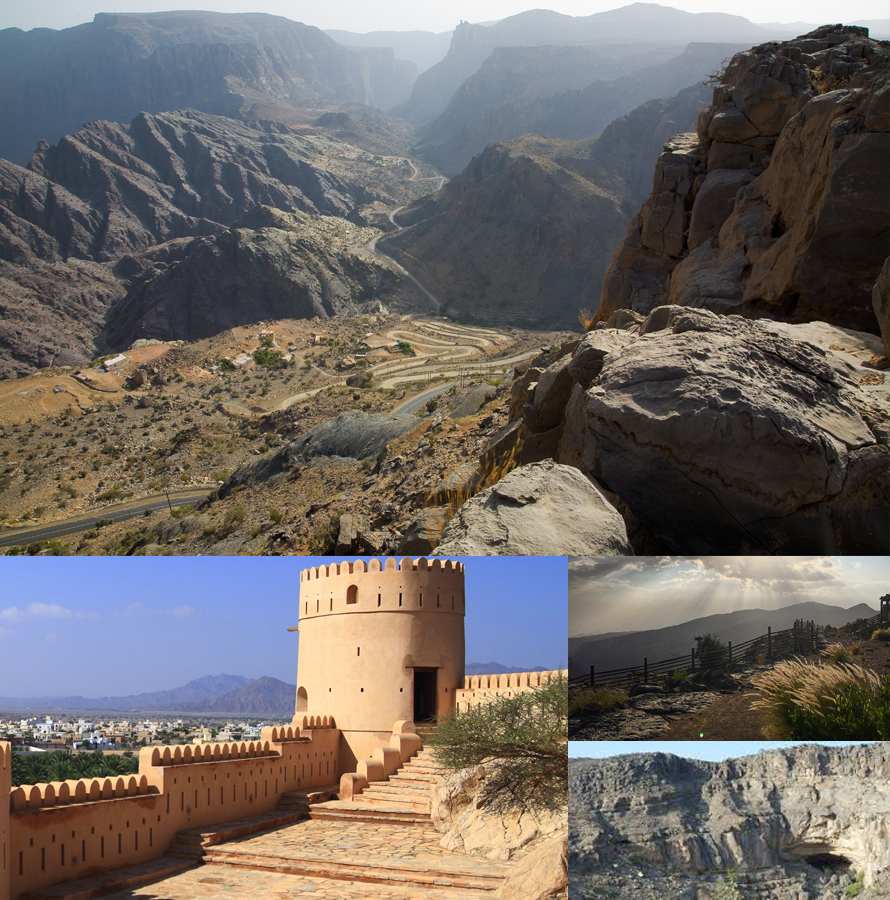
Jebel Shams and Jebel Akhdar
Welcome to the two most popular mountains in Oman – Jebel Shams (Sun Mountain) and Jebel Akhdar (Green Mountain).
As we head towards the mountains, we make a pass at the old village of Ghul to see the ancient and abandoned Persian village. Highly noticeable along the way is Wadi An Nakhr with its waterfalls cascading downward along the bedis the bed. This is the start of the Wadi Nakhr Gorge and it winds for several kilometers into the jebels to become the Grand Canyon of Oman.
At its peak we behold Jebel Shams, the tallest peak in Oman standing at approximately 10,000 feet. The view here is totally to die for. At the edge of the canyon you can see the village of Nakhr. As we descend, we cross paths with Shuwawis (mountain people) famous for their anciently crafted blankets and carpets.
Jebel Akhdar or the Green Mountain has been dubbed as the countrie’s salad bowl with its luscious produce of various fruits and vegetables like apricots and pomegranates. Orchards here are also worth coming for. as well as the cliffs and terraces that are totally breath taking.
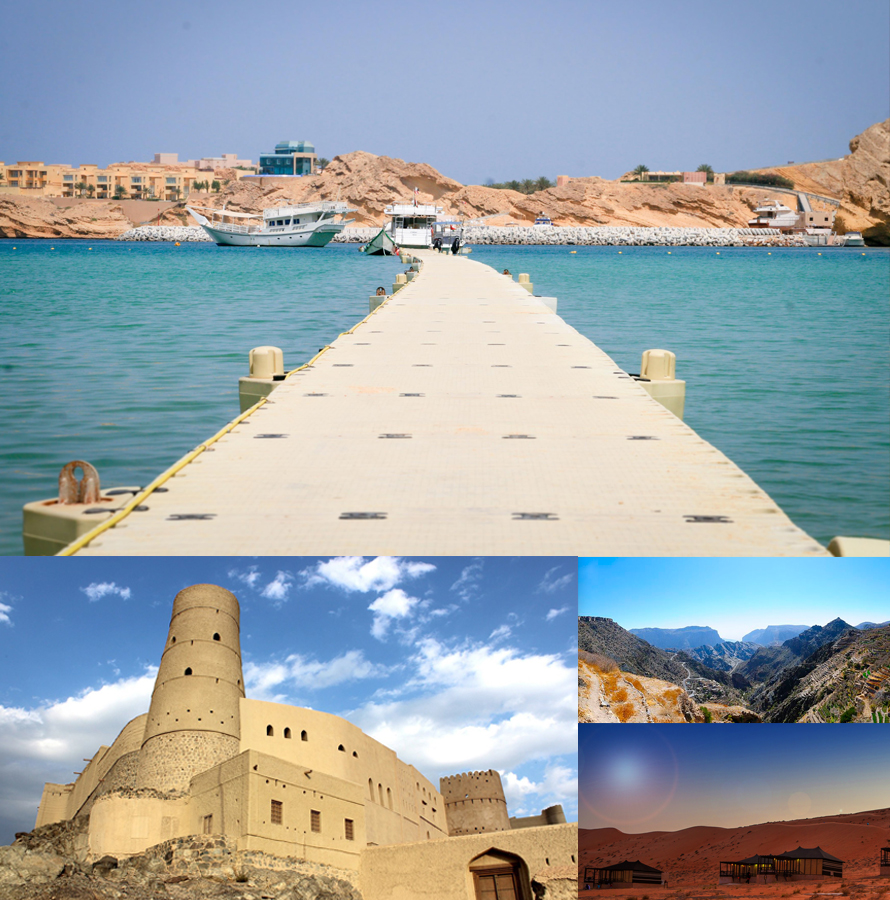
Quriyat and Sur
We start our road trip to Quriyat and first head off to Wadi Dayqah Dam – Probably the biggest dam in the Sultanate, roughly holding up to 100 million cubic meters of water. Silent, surreal and in a class of its own.
Moving along the coastal hiway towards Sur, we pass by Bimah sinkhole, an astoundingly natural geological formation of the karst topography and a sight to behold. Driving along, we lay sight to white sandy beaches of Fins.
Worth a day’s trekking, swimming and picnic is Wadi Shab – Oman’s Cliff Diving Capital. With its turquoise green waters and waterfalls and elaborately mazed rock formations, it is right fully named the “Gorge between Cliffs”.
Just of equal reputation, we drive to Wadi Tiwi. With tracks winding through past dwellings and date plantations, this journey through peaceful and fertile areas, where palms scrape the sky and bananas grow in profusion is truly amazing.
As we approach Turtle Beach, there’s a tomb in Qalhat that noticeably stands desolate called the Tomb of Bibi Mariam – the last surviving structure of a city that was once busy and bustling with trade.
Turtle beach is the best place to end the day and by chance you might catch a glimpse of the green turtles nesting habits.

